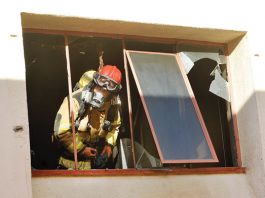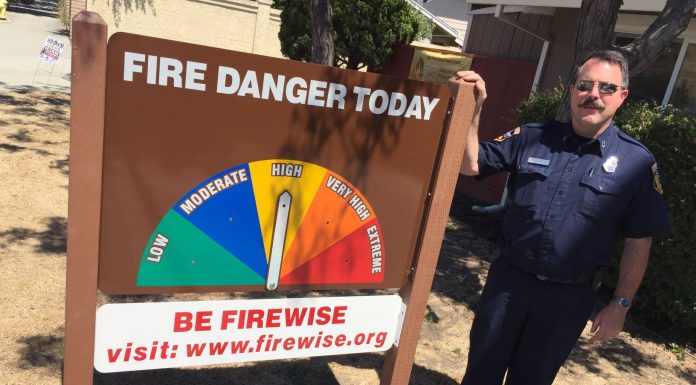Guest view: Giving thanks on Thanksgiving
As we draw nearer to Thanksgiving, I am reminded of this holiday’s origins and significance. There are some interesting and noteworthy parallels with today’s world, two years after Covid-19 began.
While Thanksgiving has only been a national holiday since it was established in 1863 by...
Religion: What is interfaith work?
Hans Kung is a Swiss Catholic priest, theologian and author who served on the faculty of the University of Tübingen in 1960, and served as a theological adviser during the Second Vatican Council. In his address at the opening of the Exhibit on the World's...
Our rep shares a few tips on saving water
Some good news for a change! While we have begun to see some rain, rainfall levels and the snowpack are expected to remain far below normal. Some of our local reservoirs are nearly empty. Statewide water conditions are poor, and we are expecting some significant challenges in meeting our needs this year.
Religion: From Egypt—Out of a Narrow Place
Passover celebrates the Biblical story of Exodus where God freed the Israelites from slavery. It is a central teaching in Judaism. On Friday evening, April 15, the week-long holiday of Passover begins. The most observed Jewish holiday, Jews around the world will hold a...
Guest view: District updates groundwater charge zones
Because the amount of groundwater pumped out far exceeds what is naturally replenished by rainfall, Valley Water’s groundwater management activities are critical to maintaining healthy groundwater basins.
Another silly, hopeless state split proposal
It's silly season again in California. For the sixth time in the
Keep Your Cool When Summer Temperatures Sizzle
Repeat after me… "I love summer. I love heat. I love summer. I love heat. I love…" Oh, for heaven's sake – it's Hot outside!
Guest View: Clean your gutters for fire protection
This guest view is the first in a periodic series of upcoming op-eds on tips to prepare for wildfire season, which started May 1 in Santa Clara County.No matter where you live, the most common reason homes burn during a wildfire is because embers land on something easily ignitable around the home. Remove leaves and pine needles from your rain gutters. Make changes now to reduce the ember threat to your home.Flaming brands and embers can travel a mile or more ahead of the active front of a wildfire and up to 60 percent of wildland/urban interface home ignitions result from embers.Most of the activity that makes a home less vulnerable to ignition focuses on the home and its immediate surroundings. Our Ember Aware campaign is intended to educate people on the risks of ember cast and the actions they can take to reduce those risks, to encourage residents to harden their homes against embers and/or to maintain those ember-resistant features, and to practice ember-safe housekeeping and landscaping. You can learn more at emberaware.comTip number two: Unclutter the gutter.Rain gutters attached to the edge of your roof are perfect for catching embers during wildfire. Burning embers can land in the gutters, and if they are filled with dried leaves, pine needles and twigs, a fire can start and possibly ignite the roof, roof sheathing and fascia. Even houses with fire-rated roofs are vulnerable to this type of ember attack. Rain gutters made of vinyl will melt and drop into flower beds, igniting plants next to the house and maybe even combustible siding. To keep your home safe, we suggest that you:• Remove all dried leaves, pine needles or other materials from your rain gutters before fire season.• Keep a ladder handy and check your rain gutters throughout the fire season, cleaning them out as necessary.• If a wildfire is approaching and there is no time to clean out the debris, plug the rain gutter downspout with a tennis ball, or something similar so that the downspout will be plugged, and fill the rain gutter with water.Fire Marshal Dwight Good serves the Morgan Hill Fire Department and South Santa Clara County Fire Protection District and the CalFire Santa Clara Unit. He has 24 years of fire service experience. He can be contacted at [email protected].









